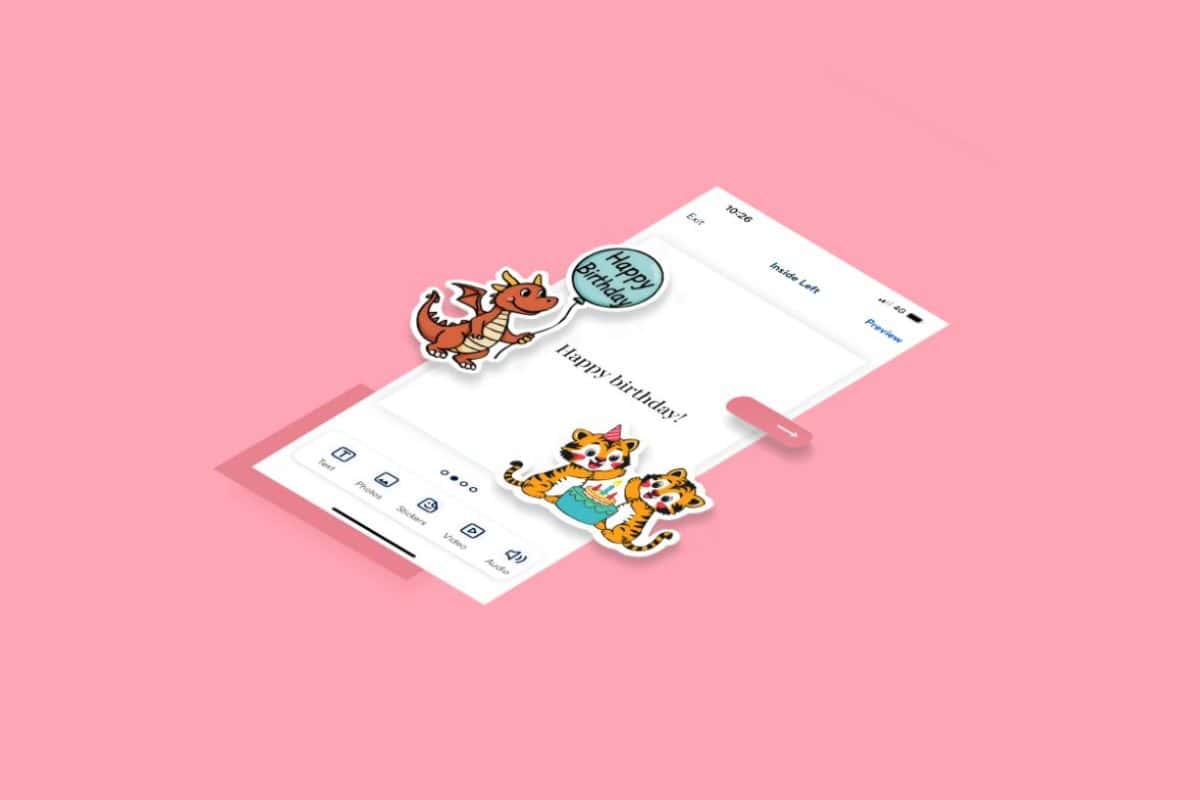Increased footfall, higher revenues, reduced costs and a personalised experience are all driving up the use of Artificial intelligence (AI) in retail – and it is now so successful that spending on AI is set to hit $5.2 billion in Europe in 2019, a 49% increase over 2018.
According to International Data Corporation’s (IDC) Worldwide Semi-annual Artificial Intelligence Systems Spending Guide, AI solution adoption and spending are both growing at a fast pace in Europe, where companies are moving beyond experimentation to the actual implementation of use cases.
In fact, 34% of European companies have already adopted or will have adopted AI by the end of this year across a wide variety of use cases. By 2022, European spending in AI will reach $13.5 billion, reflecting fast-growing interest in AI technologies.
AI is a big topic in Europe — it’s here and it’s here to stay. AI can be the game changer in highly competitive environments, especially across consumer-facing industries such as retail and finance, where AI has the power to push customer experiences to the next level with virtual assistants, product recommendations, or visual searches.
“Many European retailers, such as Sephora, ASOS, and Zara, as well as banks such as NatWest and HSBC, are already experiencing the benefits of AI – including increased store visits, higher revenues, reduced costs, and more pleasant and personalised customer journeys. Industry-specific use cases related to automation of processes are becoming mainstream and the focus is set to shift toward next-generation use of AI for personalization or predictive purposes,” says Andrea Minonne, senior research analyst, IDC Customer Insight & Analysis in Europe.
Healthcare is a big bet in the long term in Europe. A fragmented European data regulation landscape, the GDPR, and public sector budgets pose barriers to extensive investments in AI across health organizations. But by 2022, healthcare will be the fastest growing industry for AI investments, outlining that European healthcare organizations have acknowledged the benefits of AI but will take their time in their full AI implementation journey.
Investments in AI are also supported by governmental and sectorial deals, which are aimed at boosting competitiveness and digital transformation through extensive investments in AI. The European Commission, for example, is increasing investments under the ‘Horizon 2020’ innovation programme, injecting €1.5 billion throughout 2020 to support AI research centres across Europe.
Other key government-supported investments include the 2018 AI Sector Deal in the U.K. (worth around £1 billion), which aims to boost the competitiveness of the U.K. in the AI market. Similarly, the French government pledged to invest €1.5 billion of public funding in AI by 2022 to drive innovation across French companies and compete with bigger AI markets such as the U.S. and China.
Matt Hooper, SVP at customer communications specialist IMImobile, agrees. “It’s encouraging to see automation and customer experience driving increased investment in AI. Automation is key to achieving significant operational efficiencies and delivering proactive, end-to-end customer communication – yet most companies are only touching the tip of the iceberg. Currently, very few companies are truly automating customer communications end-to-end, as a result of data being spread across different business systems and the complexities of integrating NLP and AI capabilities.”
Hooper adds: “In many cases, at some stage in their journey, customers are either required to change communications channels, interact with a different department, or simply wait days for a transaction or interaction to be completed. For companies to fully realise the benefits of automation and AI, they need to build and have visibility into the end-to-end customer journey. Only then can they drive proactive two-way customer communication.”








